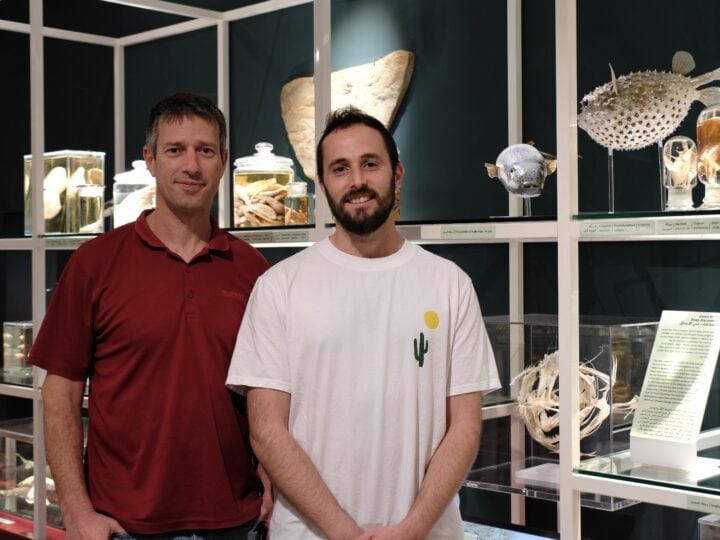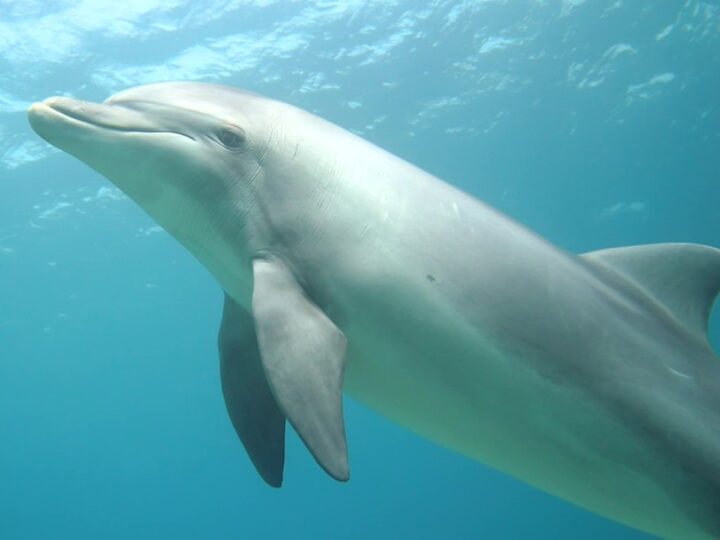The technology for forming and shaping glass requires the application of heat at extremely high temperatures. So how do some marine organisms form their own glass “skeletons” in cold water?
That mystery has now been partially solved by a team of Israeli and German scientists. And while the researchers admit that what the marine organisms are doing “is far beyond the abilities of current human technology,” further study may bring us closer to the ability to mimic the mechanism at room temperature in a lab.
The goal is to develop crystalline materials at the nano level for next-generation electronics.
The team, headed by Prof. Emil Zolotoyabko of the Technion-Israel Institute of Technology and colleagues in Germany, headed by Dr. Igor Zlotnikov from TU Dresden, used nano-tomography and focused X-ray diffraction at the European Synchrotron Radiation Facility in Grenoble, France.
Understanding fully how the marine organisms work their glass magic would require multiple PhDs, but the basic principle is this: Two classes of sponges called Demospongiae and Hexactinellida build skeletons – called glass “spicules” – to provide them structural support and mechanical strength and to protect them from their environment. The tiny symmetrical spicules are just microns to millimeters long.
Spicule formation involves depositing silica (one of the most common compounds on earth, composed of silicon and oxygen) into an organic filament that is arranged in a crystal-like three-dimensional structure. The pores within this structure are filled by the silica.
The spicule possesses a unique natural beauty — the main shaft grows perpendicular to the base plane, then branches into pyramidal planes at a 66-degree incline from the hexagonal base.
“By using the crystalline axial filament, nature has mastered the fabrication of extremely complex glass structures at low temperatures,” commented Zolotoyabko.
“Further understanding of how the organisms regulate the branching events in the filaments has the potential to be adopted in the production of technologically relevant nano-crystalline materials of complicated shapes for nano-electronics.”
The findings were published in the journal Science Advances.

















